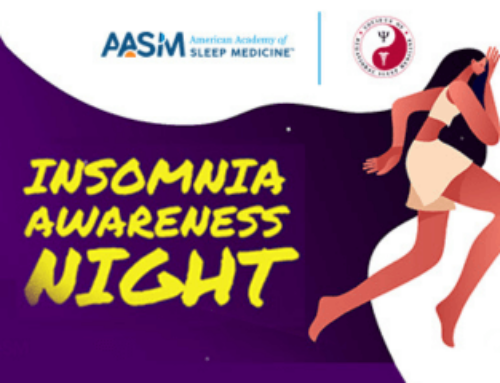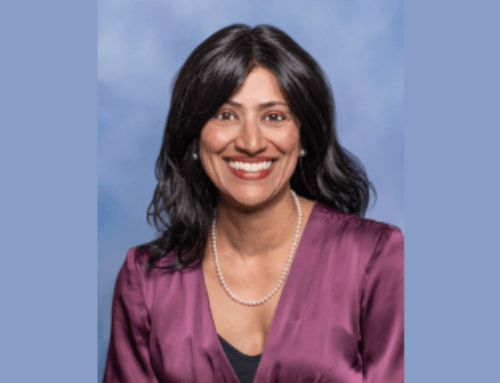American Academy of Sleep Medicine provides practical tips to promote health and safety
DARIEN, IL – In recognition that health care workers are at risk for poor sleep and often struggle with on-the-job fatigue, the American Academy of Sleep Medicine has posted a new tip sheet to help health care providers prioritize sleep and manage fatigue. The free, downloadable resource was developed by the AASM Public Safety Committee.
Recent studies show that the COVID-19 pandemic has exacerbated pre-existing problems with sleep disturbances and burnout among health care workers. In a study of frontline health care workers in the U.S. during the COVID-19 pandemic, more than 95% of respondents reported poor sleep, one-third reported insomnia, and more than half reported burnout. Another study found that the rate of acute insomnia among health care workers increased from 44.5% before COVID-19 to 64% in the early months of the pandemic.
“Health care workers responding to a pandemic face many stressors that have a negative impact on the quantity and quality of their sleep,” said Dr. Shannon Sullivan, chair of the AASM Public Safety Committee and clinical professor of sleep medicine at Stanford University School of Medicine. “The demands of health care provision often do not allow for adequate sleep and rest periods, and the pandemic has further exacerbated this problem.”
The tip sheet contains several key suggestions to promote healthy sleep among health care workers, such as creating a schedule that prioritizes sleep, avoiding alcohol and excessive caffeine, and engaging in relaxing activities before bedtime to disconnect from the stress of the day. Tips to help health care workers manage fatigue include “banking” extra sleep on days off, taking a nap at strategic times, and getting exposure to bright light during a night shift.
“Following these tips won’t completely make up for the effects of sleep loss or stress, but it’s a good starting place for weary health care workers,” said Sullivan. “Getting healthy, sufficient sleep is essential for medical professionals, empowering them to provide high-quality care for their patients.”
Last year the AASM published a position statement declaring that sleep loss is often overlooked as a contributing factor to physician burnout. More recently, the AASM and Sleep Research Society co-published guiding principles for determining work shift duration and addressing the effects of work shift duration on performance, safety and health.
“While fatigue management is an individual responsibility, it also requires a system-wide approach that takes into account factors such as shift length, shift timing, workload, and evidence-based countermeasures,” said Sullivan.
Additional fact sheets for health care providers are available on the AASM website to download for free.
###
About the American Academy of Sleep Medicine
Established in 1975, the American Academy of Sleep Medicine (AASM) is advancing sleep care and enhancing sleep health to improve lives. The AASM has a combined membership of 11,000 accredited member sleep centers and individual members, including physicians, scientists and other health care professionals.




